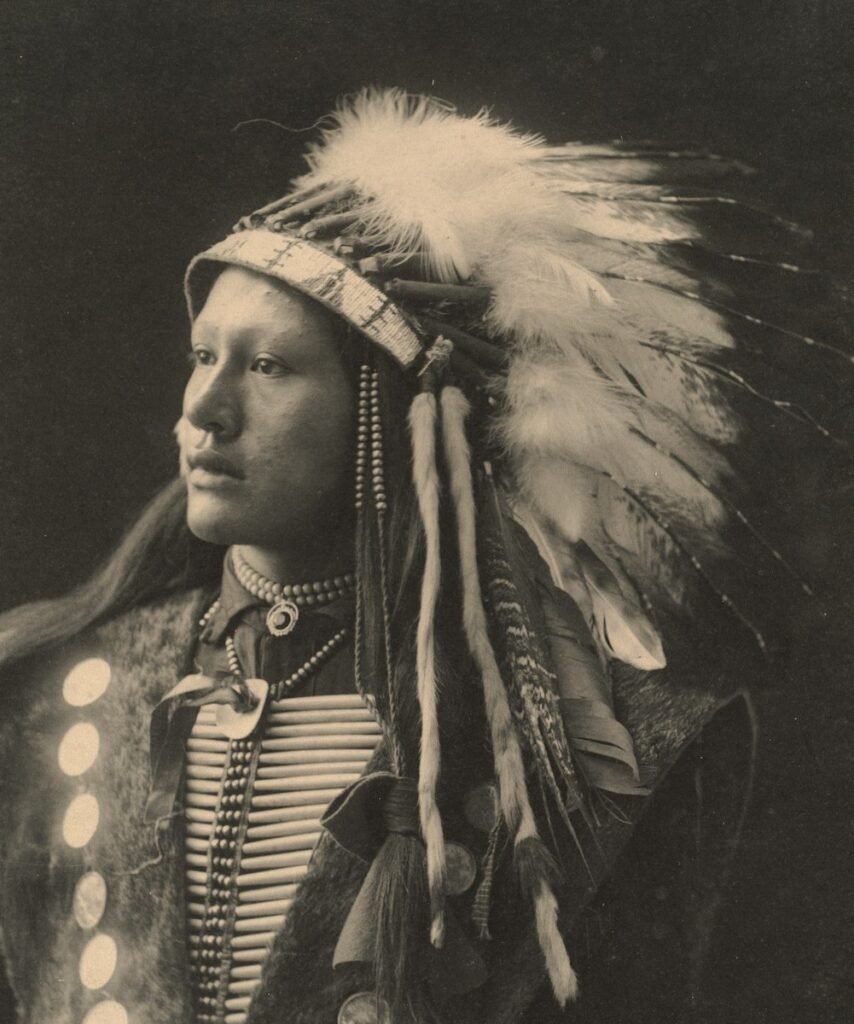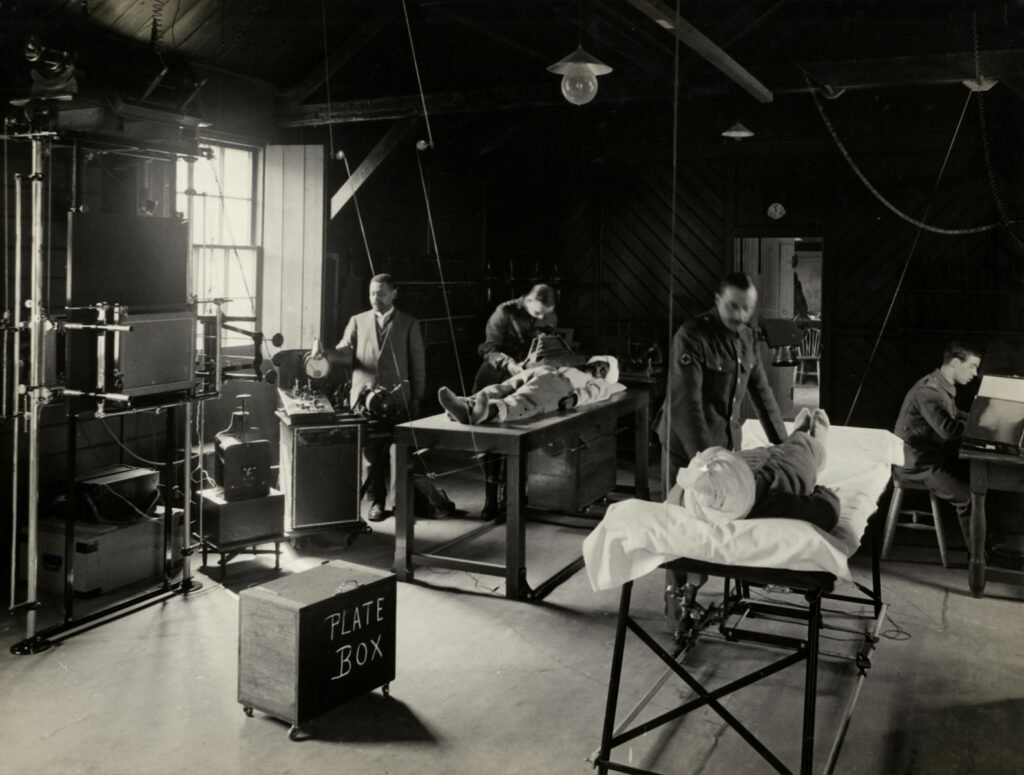
Challenges Faced by Indigenous Communities
In the labyrinth of American history, the trials endured by indigenous communities stand as a perplexing testament to their unyielding resilience in the face of adversity. From the harsh expanse of forced relocation to the heart-wrenching loss of ancestral lands, the battles fought by Native American tribes reverberate through the corridors of time. As Chief Joseph eloquently declared, “We were taught to believe that the Great Spirit sees and hears everything, and that He never forgets.” Amidst ceaseless hardship, indigenous peoples have clung stubbornly to their cultural heritage like a ship navigating through a burst of turbulent waves.
The impact of disease and epidemics on indigenous communities is staggering. Like a sudden burst of wildfire, smallpox ravaged tribes, decimating populations and disrupting traditional ways of life forever altering the Native American experience. In Dee Brown’s poignant words, “Remember, these are sacred places, not only for the tribes but for all Americans.” The wounds inflicted by these afflictions still linger today casting a shadow over the indomitable spirit and courage displayed by indigenous people in confronting relentless challenges.
Forced Relocation and Loss of Land
Within the annals of US history lies a perplexing and bursty chapter that continues to resonate deeply through time. The forced relocation and land loss experienced by indigenous communities stand as grim reminders of a past filled with sorrow and indignation. As settlers pushed westward in their pursuit of Manifest Destiny, Native American tribes were ruthlessly uprooted from their ancestral lands, often in defiance of government treaties and promises.
The dark period saw the implementation of policies like the Indian Removal Act of 1830, culminating in the tragic Trail of Tears where thousands of Cherokee lives were lost. Chief Joseph’s haunting words echo through the ages, hinting at the trouble and bloodshed that could have been avoided if only hearts had been more open.
The impact on indigenous communities was profound, fracturing tribal bonds, disrupting cultural practices, and eroding traditional ways of life. The sacred connection to homelands was severed, leaving behind feelings of displacement and disorientation that still linger today. Black Elk’s poignant truth about the sanctity of land remains central to our understanding – it is this sacred bond that must be preserved at all costs.
The scars left by past relocations continue to cast shadows over indigenous communities today, highlighting the pressing need for reconciliation, restitution, and respect for tribal sovereignty in the ongoing struggle for justice and healing.
Impact of Disease and Epidemics
In the depths of time, a dark shadow loomed over the indigenous communities of what we now know as the United States. Disease and epidemics swept through their lands like a merciless storm, shattering ancient customs and decimating populations with ruthless efficiency. Chief Tecumseh’s haunting words echd through the chaos, warning of the Raven Spirit’s power but also of the pale-faced strangers’ deadly diseases that lurked in every corner.
The arrival of European settlers brought not just tools and trade, but also a silent killer that ravaged through Native American villages. The communities found themselves caught in a cruel dance between losing their ancestral lands and battling against unseen enemies from distant shores. Black Hawk’s wisdom resonated across generations, reminding them of their heritage even as diseases like smallpox, influenza, and measles left deep scars on their souls – a tragic legacy etched into the very fabric of their existence.
Strategies for Cultural Preservation
Preserving indigenous cultures is akin to safeguarding the secret formula for grandma’s renowned apple pie – a mysterious blend of patience, affection, and entrenched customs. In the world of history, the profound words of Thomas Jefferson resound: “I am convinced that each person possesses a limited number of heartbeats. I have no desire to squander any of mine.” Thus, indigenous societies have ingeniously crafted methods to shield their intricate cultural mosaics from the unpredictable tides of transformation.
One such enigmatic tactic involves transmitting oral legacies from one era to another, resembling a cherished family inheritance. As articulated by Sitting Bull, a revered Hunkpapa Lakota leader: “Let us pool our intellect and envision the life we can create for our descendants.” This notion encapsulates the essence of cultural conservation exquisitely – it revolves around crafting a heritage that intertwines through time like a glistening thread, linking yesteryears with today and today with tomorrow. Through narratives, melodies, movements, and ceremonies, indigenous communities sustain their lively chronicles alive; ensuring that their ancestral voices reverberate across the corridors of eternity.
Resilience in the Face of Oppression
In the enigmatic depths of American history, the saga of indigenous resilience in the shadow of oppression emerges as a mysterious testament to the indomitable strength and perseverance of these communities. Despite ages of systematic discrimination and alienation, indigenous peoples have exhibited an astonishing resilience, clutching onto their cultural legacy and customs with unyielding determination.
Throughout the annals of time, indigenous leaders and elders have played a pivotal role in safeguarding the essence and tenacity of their communities. As Sitting Bull, a revered Lakota chieftain once declared, “It is within this enduring oppression that we unearth the true vigor of our people.” Harnessing the sagacity and knowledge passed down through generations, these leaders have steered their communities through turbulent waters, instilling a sense of solidarity and dignity that has endured through epochs.
The resoluteness of indigenous communities shines like a dazzling beacon amidst adversity, igniting future generations to venerate their heritage and stand tall against oppression. As we ponder on the trials and triumphs of these steadfast communities, we are reminded of the enduring influence culture and identity wield in shaping the tapestry of history.
Adaptation to Changing Environments
In the perplexing dawn of the 18th century, indigenous communities found themselves grappling with the challenges brought on by shifting environments. Despite this turmoil, the Native peoples of US history displayed a burst of resilience and adaptability that is truly awe-inspiring. As settlers encroached upon their lands, causing upheaval and forcing relocations while disrupting age-old traditions, indigenous tribes faced the daunting task of finding new ways to not just survive but thrive in these ever-changing landscapes.
A shining example of this adaptability can be witnessed in the Navajo tribe’s strategic approach to agriculture. Despite battling unforgiving conditions in the American Southwest, the Navajo people managed to carve out a niche for themselves by developing innovative irrigation techniques and cultivating crops like corn and beans that were perfectly suited to thriving in arid climates. As John Smith once aptly put it, “He that will not work shall not eat,” underscoring the unwavering determination of the Navajo people to adapt and flourish despite facing seemingly insurmountable odds. Through their sheer resourcefulness and boundless creativity, indigenous communities not only managed to weather through these turbulent times but also succeeded in preserving their rich cultural identities amidst a rapidly evolving world.
Role of Indigenous Leaders and Elders
In a time long past, within the intricate tapestry of American history, Indigenous leaders and elders shone like brilliant stars in the midst of challenges. They held within them a wealth of knowledge and strength that seemed to defy explanation. These individuals were not just mere figures; they were the very essence of tradition, the storytellers of old, and the unyielding support for their communities.
As Chief Seattle once cryptically remarked, “Take only memories, leave only footprints.” The wisdom contained within these words mirrored the deep-rooted connection to the earth that these leaders possessed. Their teachings guided Indigenous communities through treacherous waters filled with forced relocations, land dispossession, and cultural suppression all while maintaining an aura of gracefulness and resolve. Their leadership transcended mere authority; it embodied a set of values and beliefs that served as beacons during even the darkest hours.
Alliances with other Indigenous Groups
In the perplexing web of alliances among indigenous groups in the 18th century, one is struck by the sudden burstiness of complexities and subtleties that molded these connections. The interplay between different tribes was not just a matter of survival, but a strategic juggling of power and resources in a rapidly shifting terrain. As the revered leader Tecumseh once cryptically remarked, “Live on and recall, and teach your offspring how the Creeks bartered their land. They were promised a mere slice of territory, yet they relinquished their entire homeland beyond the mighty river.” This sentiment captures the intricate blend of cooperation and conflict that defined interactions between indigenous groups during this era.
The alliances woven between indigenous communities were not solely rooted in convenience, but rather stemmed from a shared recognition of their common challenges. The words spoken by the influential figure Red Jacket echo through time: “Brothers, we are all part of one family; we are all children under the Great Spirit.” This sense of kinship and unity transcended tribal boundaries, laying down a solid groundwork for collaboration and mutual aid. While these alliances were marked by occasional clashes and discordances, they ultimately functioned as essential tools for indigenous societies to navigate through turbulent waters stirred up by colonial intrusion.


